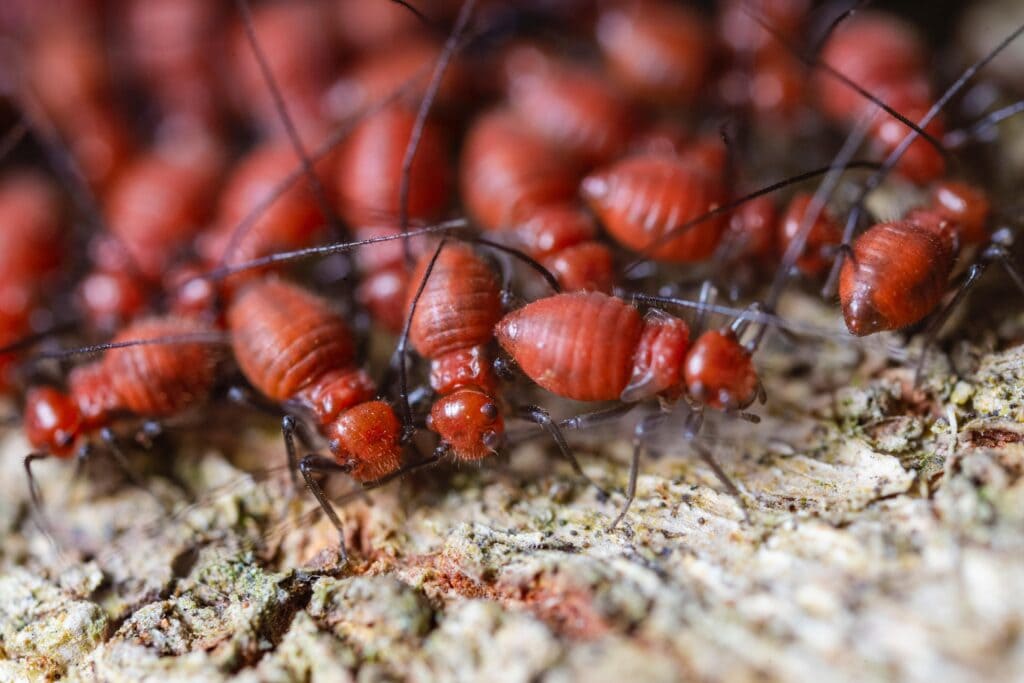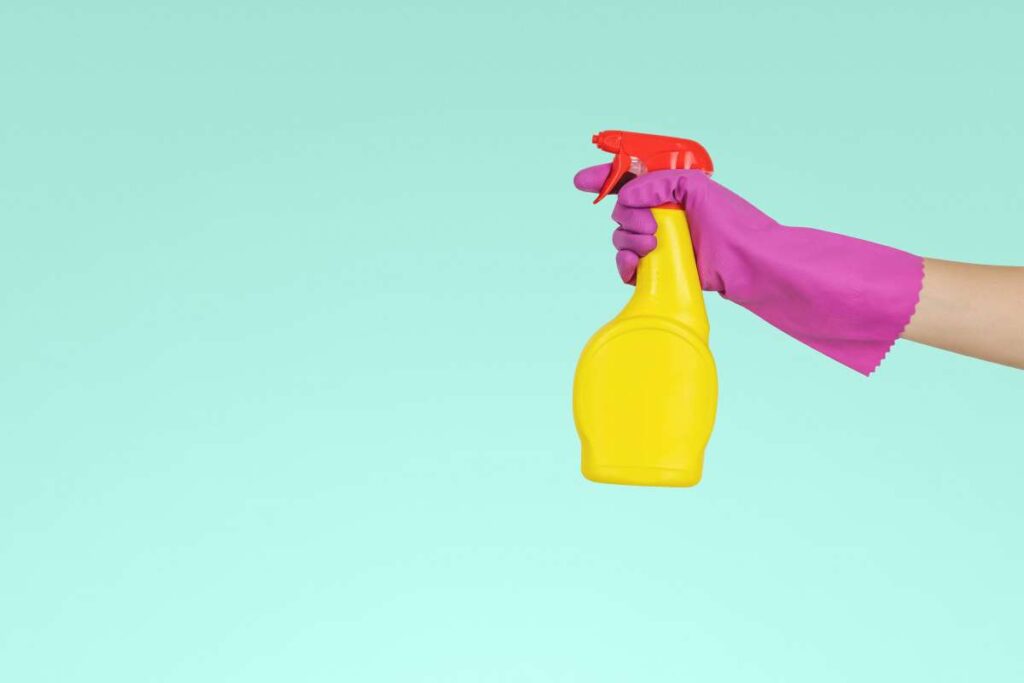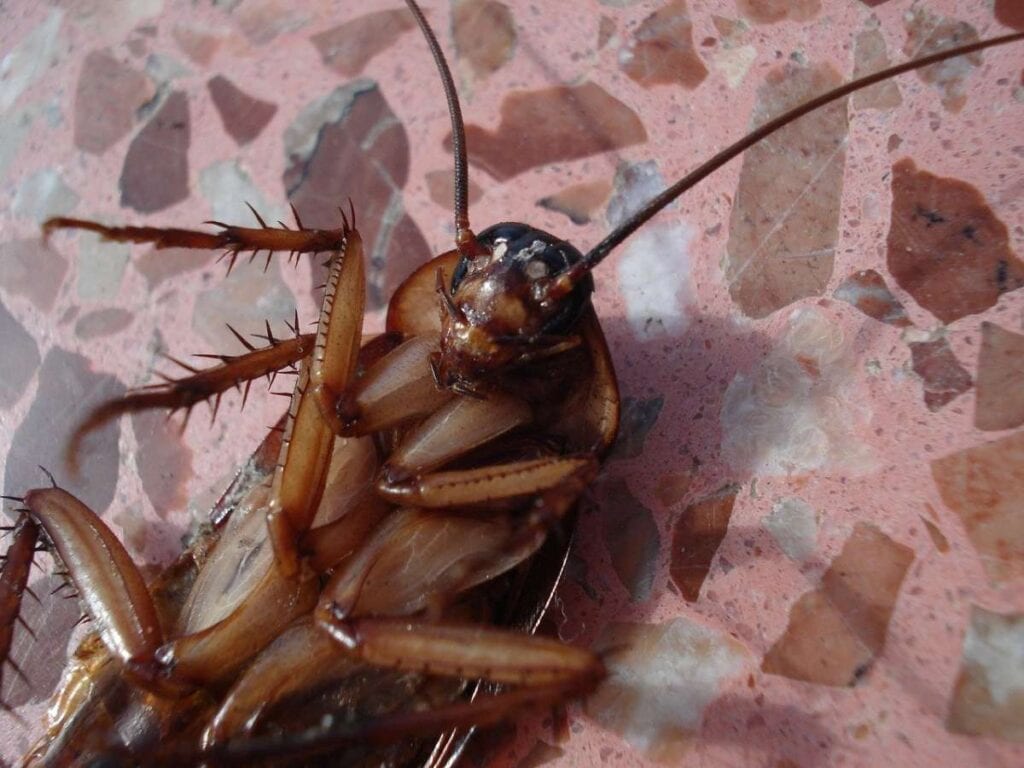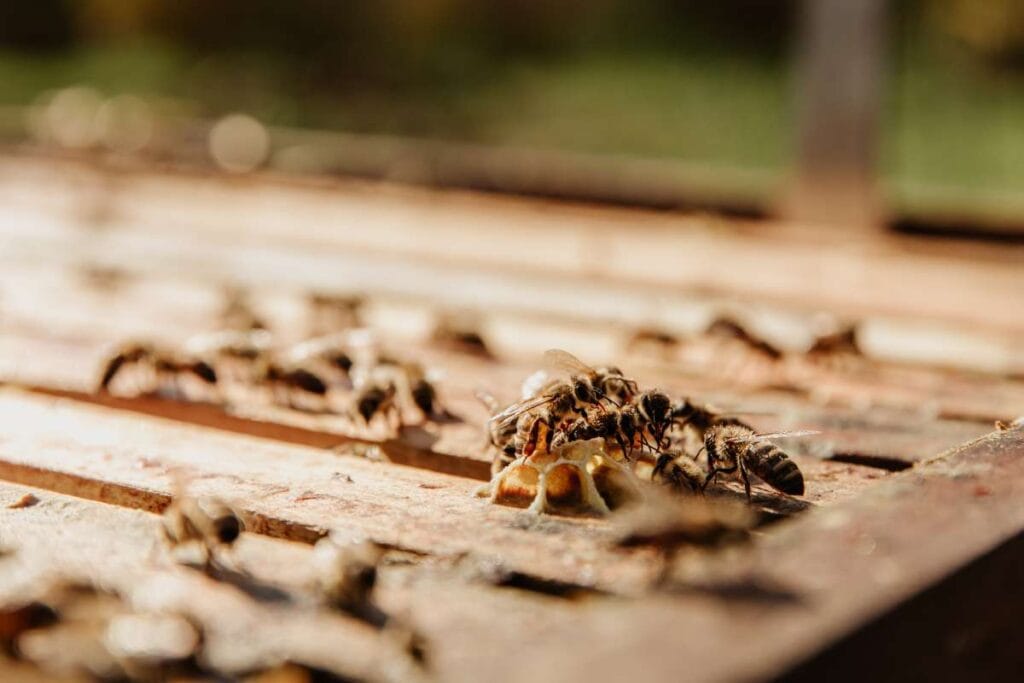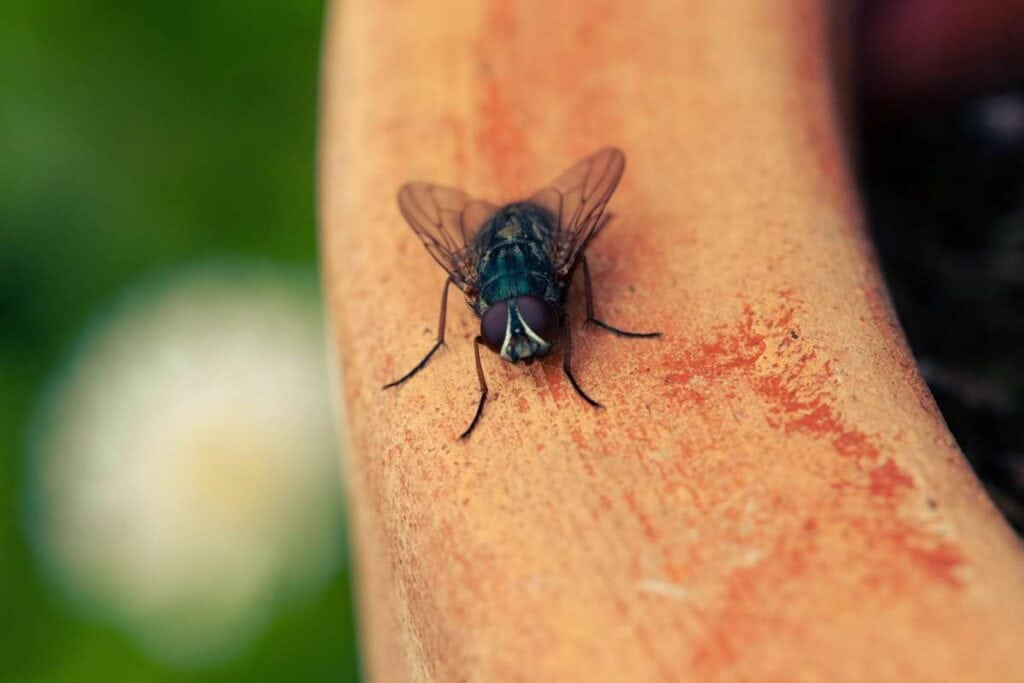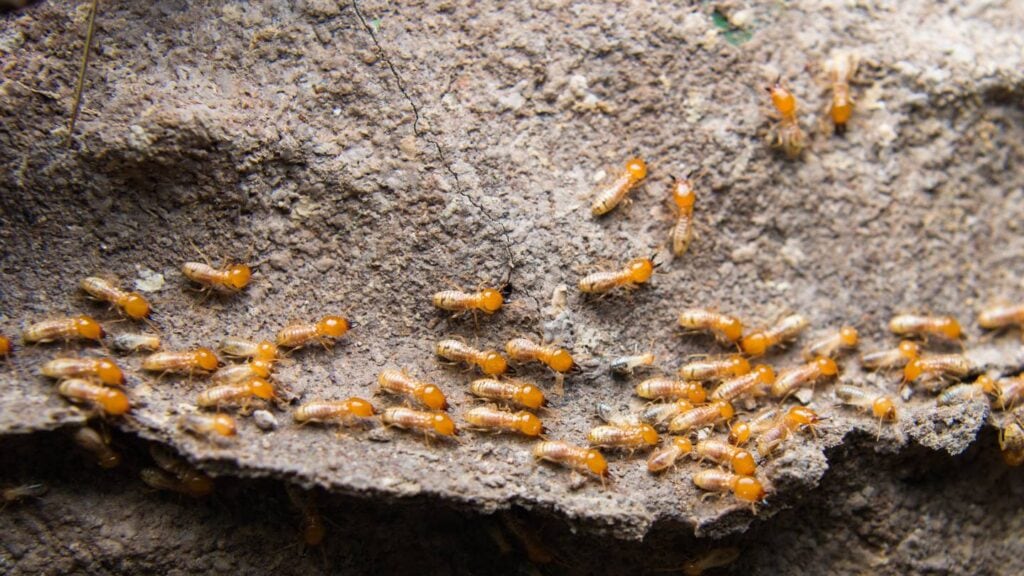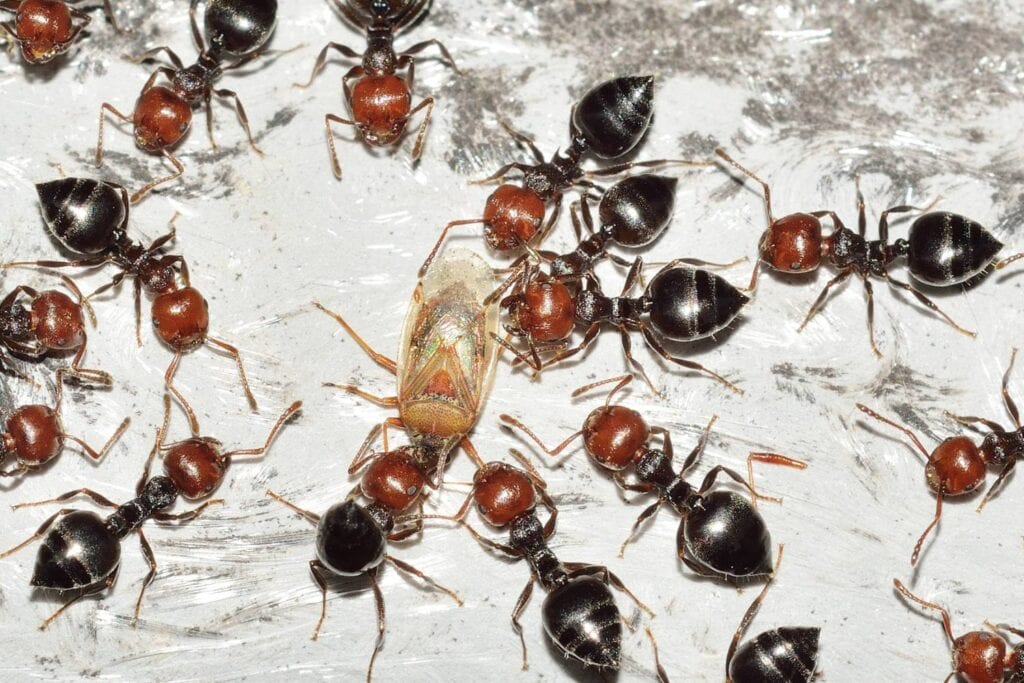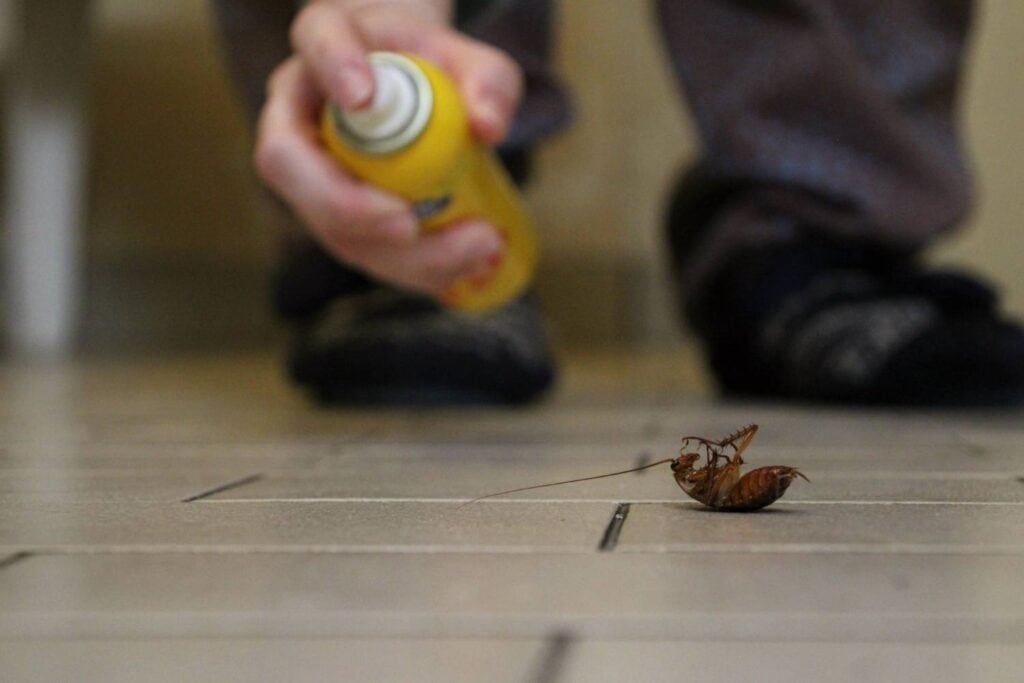Termite extermination is a straightforward procedure that can be done by anyone with the right tools and precautions. Utilising organic elements for a do-it-yourself termite treatment is possible, and there are a few strategies to consider.
Be very worried if you find termite infestation within or around your home. Termites may do a lot of harm to your home's framework and landscaping if you let them. A homeowner should be on high alert when these intruders show up, as they pose a significant risk to the property and its contents.
You can reduce the likelihood of a termite infestation by using the following do-it-yourself termite control measures.
Termites are a frequent pest in both arid and humid regions, and they are often overlooked and undiscovered until it is far too late. Termites, on the lookout for food when the weather warms, will become more prevalent. Termites can do a lot of expensive damage to your property, therefore taking preventative measures against them is essential.
The good news is that there are things you can do to prevent termites from invading your property or home during the warmer months:
Have a professional pest controller check for termites on a semiannual or annual basis.
Use a monitor or bait system to detect termites before they cause damage.
The presence of termites can be mitigated by working with such a pest control expert to fix problems like dripping pipes and high humidity levels.
As an added bonus, knowing the termite species can help you take additional measures to protect your home.
Identify Termite Signs
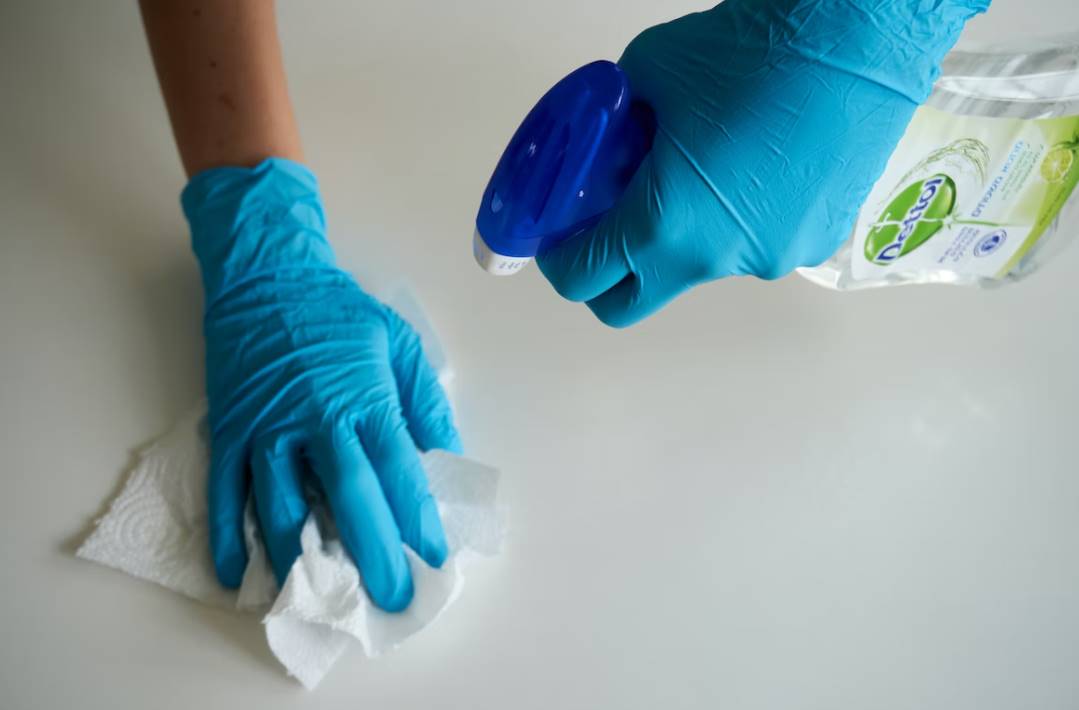
Check for termite infestations thoroughly so that you may take preventative action. Even in the early stages of a termite infestation, signs might appear, so it's best to get to work as soon as you spot any. Prevent a little infestation of termites from becoming a major disaster by treating the entire house right away.
Any evidence of mud tubes or swarms of insects (especially winged ones) inside or outside of your property should raise suspicions of a termite infestation. These symptoms are highly suggestive of a termite infestation, particularly if you also notice damage to hardwood, cardboard, or paper.
What Kinds of Termites Exist?
Drywood termites and subterranean termites are the two most common kinds of this pest. Different types may require different approaches to treatment, so knowing which one you're dealing with is crucial. To get rid of drywood termites, you'll need to either spot treat or have your home fumigated, whereas subterranean termites can be prevented with poisonous barriers.
- Subterranean termites can be found in the timber used in your home's structure, as well as in the soil and any compost you may have piled up. They make mud tubes or dirt roads out of timber and soil to get around your house. Due to their saw-toothed teeth, this termite species typically causes more harm than drywood termites. An entire structure can fall victim to subterranean termites if given enough time. The length of a subterranean termite ranges from 1/8 to 3/8 of an inch. The colour of their skin varies by "caste." Service members and soldiers both have cream-colored bodies but their heads are a darker brown. There are two different species and hues of reproductive termites. The primary reproductives are dark brown or black, while the secondary ones are a creamy white. Colonies of subterranean termites can grow rather large, sometimes including over a million members.
- Drywood termites, unlike their subterranean counterparts, drywood termites don't need any soil at all to survive; they can instead make their home entirely within wooden structures. They are rarely seen away from the warm shores of the globe, and they never build mud tubes for transportation. The size and colour of drywood termites varies from 1/8 to 1/2 of an inch. Directly damaging termites, like subterranean termites, are white in colour. Termites with wings can range in colour from a pale yellow-tan to a light brown. Termite colonies in dry wood can have up to 2,500 individuals.
How to Recognize a Termite Infestation
Let's break down the signs of a termite infestation before we dig into methods for getting rid of them. It's not as simple as watching a termite run along the wood's grain and knowing you have a problem. Start by inspecting the fuse box, the attic, and all of the cracks and joints in your property. Here are several signs that someone may be trying to undermine your home's base.
- Hollow wood- Sounding hollow when you tap or knock on wood is a telltale sign of termites. If you want to put your wood to the ultimate test, you will need a screwdriver. A bad sign is if the wood easily yields when you press a screwdriver into it.
- Mud tubes- Tubes of mud built by subterranean termites act as "highways," leading from the wood they devour to the ground above. These sand and wood tubes measure about the diameter of a #2 pencil. The presence of these insects indicates the presence of termites, yet their absence is no guarantee that you are safe from them. It's possible that you're dealing with drywood termites, as subterranean termites might not have built their mud tubes yet.
- Head banging- A peculiar clicking noise could be emanating from within your walls. Because army termites will hammer their heads against the wood and shake their bodies to warn other termites of danger if they sense danger.
- Swarm evidence- When underground termites leave to establish a fresh colony, they drop their wings en masse. Termites can be to blame if you come across a swarm of flapping wings.
- Peeling paint- Moisture can get in between its surface as well as the paint when termites attack drywall, leading to bubbling and peeling. Paint buckles for a variety of causes, but if you see this along with other indicators, it could be a termite infestation.
- Frass- is the name given to the little, granular, oval pellets that you could find on the walls and doors, baseboards, and windowsills of your home. Termites leave them behind.
- Live termites- You might discover some real-life termites. To be prepared, it's crucial to tell them apart from flying ants. Termites have strong abdomens, straight antennae, and evenly sized hind wings. In contrast, flying ants' wings are not uniform in size, they are narrower in the centre, and their antennae are curved.
Make Do With All-Natural Substitutes
Since orange oil includes the active component d-limonene, it is commonly used as a termite repellant. When dealing with a termite infestation, a citrus oil treatment is a surefire approach to drive the pests away.
Neem oil, a product from the Asian neem tree, is another botanical substance that can be used to kill termites from the inside out. This can be used as both a curative treatment for existing termite infestations and a preventative precaution against future ones.
Buy Pressure-Treated Wood
You can use this wood for everything from building furniture to constructing a garden structure because it is resistant to termites. When it comes to structural uses, pressure-treated wood is ideal because termites typically avoid it due to the chemicals used in the treatment process.
This wood is ideal if you're sick of watching termites eat your wooden furniture. Avoid placing it near soil, as termites have an easier way eating wood that has been buried underground.
Set Parasitic Nematodes Free
In addition to being efficient against termites, parasitic nematodes (small worms) feed on bacteria and fungi. Due to the beneficial biological effects of a parasite to host interaction, this strategy can be used to successfully eradicate termites. Nematodes can be used as parasites on termites, allowing us to observe nature in action.
Whenever you have been at a loss as to how to get rid of the termites in your house, this is a good option to try. With nematodes, you won't need to resort to potentially dangerous pesticides to solve the problem.
Eliminate Moisture
Moisture is essential for the survival of termites. A lot of water makes it easy for them to proliferate and stay alive. Put this information to use to deter them from your property. Maintain a constant dryness inside the rooms.
The vulnerability of your building to water damage should also be considered, especially in low-lying locations. Prevent further damage from termites by fixing the damaged areas. Check for and eliminate all potential sources of moisture, as termites may view this as an open invitation to invade your property.
Be Careful With Mulch
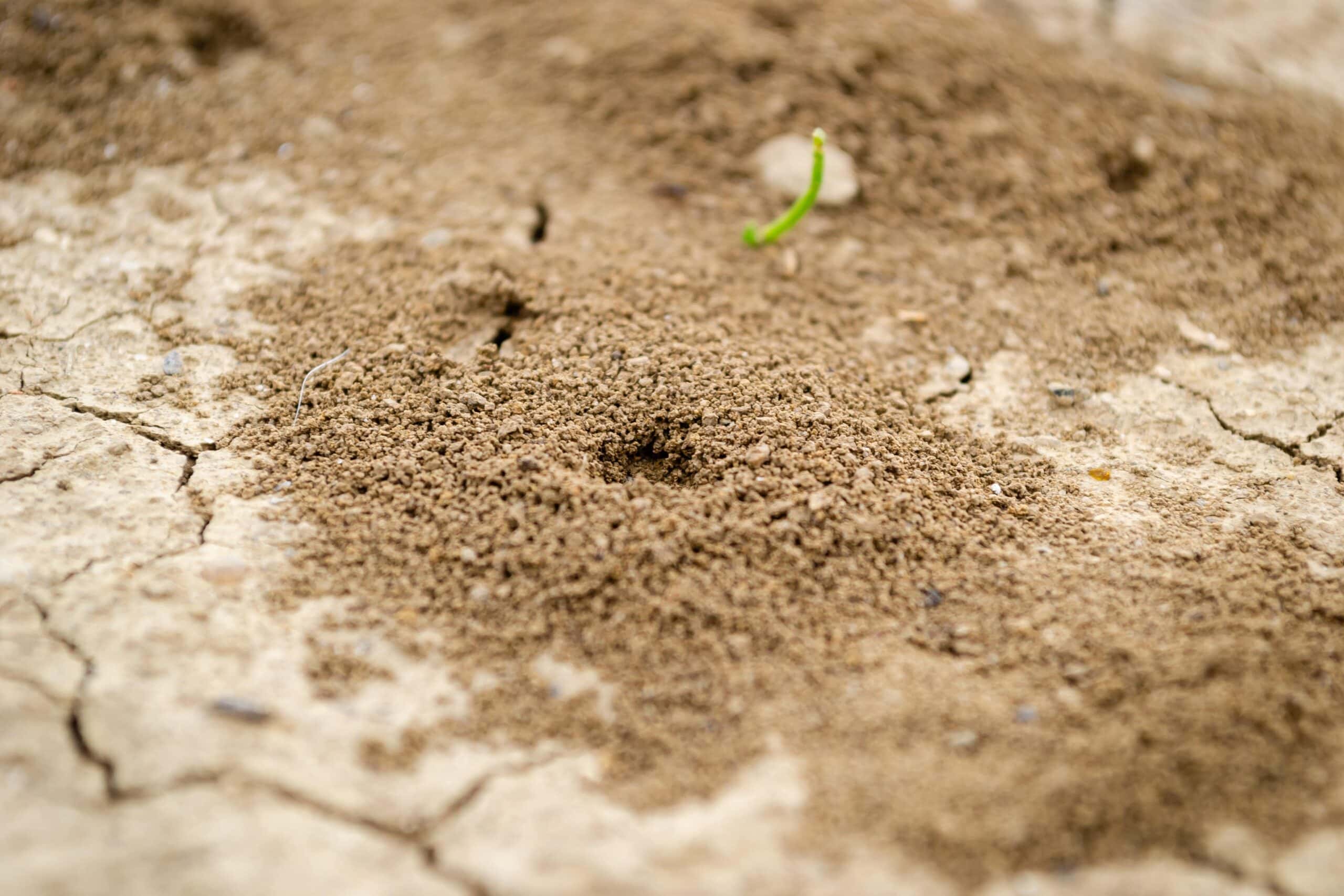
Termites consume wood and paper because of the cellulose content. Subterranean habitat is a must for these pests. The presence of these pests is a problem wherever wooden structures are located on soil, including in homes, apartments, and commercial buildings. Workers in a termite colony eat their way through a piece of wood from inside out, causing extensive damage that is sometimes overlooked.
Although mulch does not attract termites on its own, a layer of it more than three inches thick offers an ideal environment for the bugs to thrive in. Close to the ground, layers of organic material act as a thermal and hygroscopic blanket. Thick mulch provides protection from the elements for termites.
The mulch you choose can help keep the termites away. Because of the resins included in both redwood and cypress, these woods are far less desirable to termites. The chemical thujone, found in cedar mulch, acts as an insect repellent. Because termites will avoid consuming melaleuca wood, it makes for an excellent mulch that may be used without worry of infestation.
Mulch can attract termites, but other materials, such as rubber or stone, accomplish the same weeds and temperature regulation with less hassle and danger.
Mulch should be kept away from the foundation, siding, and door frames to avoid inviting termites. It's recommended that you leave no less than six inches of clearance between wood mulch and any building's foundation. The area between flower beds and walls may use some gravel. In addition to making it more difficult for termites to gain in, this separation also makes it easier to spot the distinctive mud tubes left behind by these pests.
Let The Sun In
Termites appear to dislike the presence of sunshine just as much as they do a lack of water. Because being out in the sun is fatal to termites, they avoid contact with it.
Direct sunlight is deadly to a termite colony, so if you discover a spot where they like to hang out, leave it exposed. Take any afflicted furniture or other items outside into the sunshine, and you'll see the termites quickly abandon the object.
Get A Pest Control Inspection Regularly
In a pest control inspection, experts thoroughly search your home or business for signs of pests. This is done to eliminate the possibility of having pests like termites that can cause extensive damage to your home. Termites are a serious threat to any building that has a timber framework or contains wooden components. This, fortunately, is a slow process, giving you time to take precautions. If you know when to call in the pest control experts, you can keep your home free of termites.
Termites are a major reason for concern during pest inspections because of the damage they can do to a building. However, experts will search for a wide variety of pests, including mice, cockroaches, as well as other insects that could pose a health risk to locals.
The health of your family and the structural integrity of your home can be safeguarded by regular pest inspections. Read on to learn the optimum times to schedule a pest inspection.
Homeowners who want to protect their properties from annoying pests should schedule regular pest inspections. You could get a concept of the number and frequency of parasites that may invade your home based on your location and the sort of home you have.
If you have the means to do so, it is highly recommended that you perform regular pest inspections on your property. They may be multiplying already and you don't even know it!
Inspecting your home either once or twice a year is recommended, but how often is best depends on your lifestyle.
Conclusion
Termite extermination is a simple process that can be performed by anyone who has access to the required equipment and takes the necessary safety measures. Termites are a common problem in both dry and wet climates, but they are typically not noticed until it is too late to take any action. The likelihood of a termite infestation can be lowered by employing do-it-yourself termite control methods. The two most common species of this pest are drywood termites and subterranean termites. You can spot-treat for drywood termites or have your entire home fumigated.
To stop underground termite infestations, poisonous barriers can be set up. There are a number of telltale indicators that someone is attempting to weaken your house's foundation. If you come across a swarm of wings flapping, it may be due to termites. When termites eat through drywall, water can seep in behind the surface and the paint. Orange and lemon oils are natural pesticides that can be used to eliminate termites from the inside.
For this reason, pressure-treated wood is preferable; the chemicals used in the treatment process make it unappealing to termites. Parasitic nematodes can be used to study the natural world by eliminating termite populations. A termite colony can flourish in mulch that is three inches thick. Close to the ground, insects can find thermal and hygroscopic insulation in organic matter. Cedar mulch is effective at keeping insects at bay because of the chemical thujone.
Content Summary
- Utilising organic elements for a do-it-yourself termite treatment is possible, and there are a few strategies to consider.
- Be very worried if you find termite infestation within or around your home.
- You can reduce the likelihood of a termite infestation by using the following do-it-yourself termite control measures.
- Check for termite infestations thoroughly so that you may take preventative action.
- Any evidence of mud tubes or swarms of insects (especially winged ones) inside or outside of your property should raise suspicions of a termite infestation.
- These symptoms are highly suggestive of a termite infestation, particularly if you also notice damage to hardwood, cardboard, or paper.
- Drywood termites and subterranean termites are the two most common kinds of this pest.
- Start by inspecting the fuse box, the attic, and all of the cracks and joints in your property.
- Here are several signs that someone may be trying to undermine your home's base.
- Sounding hollow when you tap or knock on wood is a telltale sign of termites.
- If you want to put your wood to the ultimate test, you will need a screwdriver.
- When dealing with a termite infestation, a citrus oil treatment is a surefire approach to drive the pests away.
- Set parasitic nematodes free In addition to being efficient against termites, parasitic nematodes (small worms) feed on bacteria and fungi.
- Whenever you have been at a loss as to how to get rid of the termites in your house, this is a good option to try.
- Moisture is essential for the survival of termites.
- Prevent further damage from termites by fixing the damaged areas.
- Thick mulch provides protection from the elements for termites.
- The mulch you choose can help keep the termites away.
- Termites appear to dislike the presence of sunshine just as much as they do a lack of water.
- Because being out in the sun is fatal to termites, they avoid contact with it.
- In a pest control inspection, experts thoroughly search your home or business for signs of pests.
- If you know when to call in the pest control experts, you can keep your home free of termites.
- The health of your family and the structural integrity of your home can be safeguarded by regular pest inspections.
- If you have the means to do so, it is highly recommended that you perform regular pest inspections on your property.
FAQs About Termite Prevention
Eliminate all sources of leakage immediately. Remove anything, like plants, that could potentially block vents. Planting trees and shrubs too close to a building or allowing them to grow up against bare wood surfaces can cause serious damage to the structure. Do not store firewood or other wood scraps in piles next to the house.
- Avoid exposing your furniture to any kind of moisture.
- Wooden furniture benefits from occasional applications of aloe vera gel, which serves as a protective coating.
- If you value your wooden furnishings, it is recommended that you purchase a wood polish and have a professional apply it.
Unfortunately, termites sometimes return even after treatment. They are incredibly difficult to get rid of and are among the most problematic pests.
Sunlight. The sun is deadly to termites. The heat and light of the sun can actually be fatal to them. If you find evidence of termites in a piece of furniture, take it outside and let it bake in the sun for a while.
Termites can usually be effectively eradicated if a dependable treatment is used in a proper manner. After having your home treated for termites, routine treatments or maintenance are necessary to keep them at bay.

